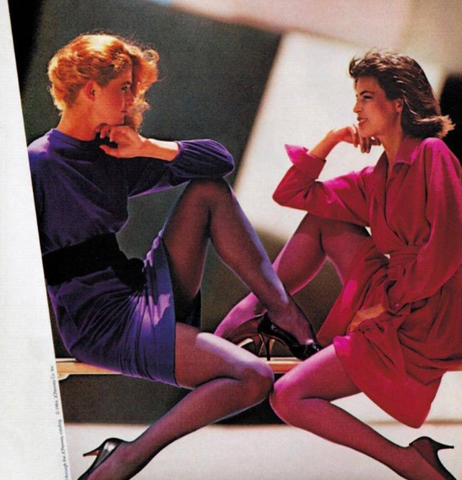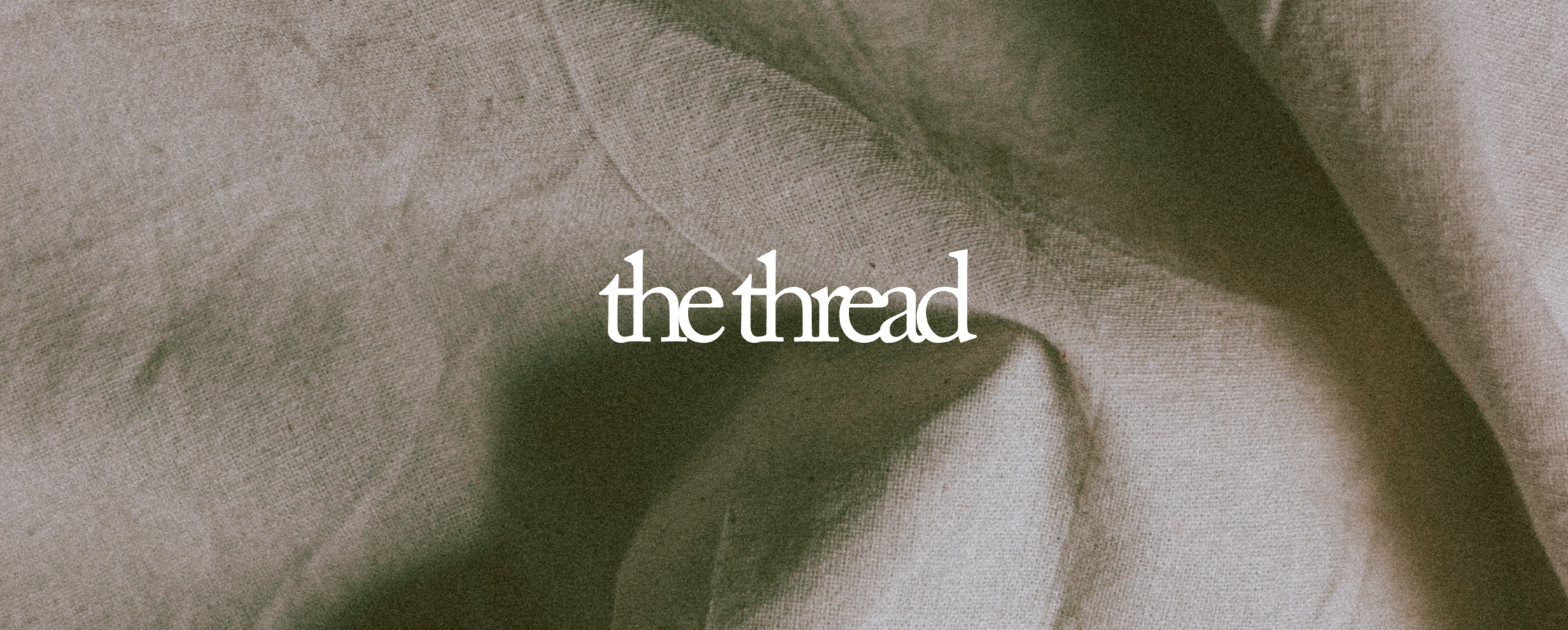
How the story begins...
From the humble beginnings of wooly leg warmers, to the sleek sheen of black tights, the history of hosiery is a fascinating journey. It boasts fashion, functionality, and feminine allure. Whether viewed as an essential element of everyday attire, or a symbol of sultry femininity, the evolution of hosiery underlines the everlasting push-and-pull relationship between function and style through the ages.

Pre 1900s
Leg coverings, or hosiery, have been around for centuries. Cave people would wrap their legs with furs. Ancient Roman men and women both sported 'udones' (leg wraps made of woven fabric). All of which seemingly being used to add warmth.
By the time the Middle Ages rolled around, men began wearing stockings secured to their tops, with leather patches on their soles. A few centuries later, hosiery, especially stockings, began to creep beyond the realm of just being used for warmth. With the help of William Lee’s knitting machine, stockings went mainstream. They became a style statement, speaking volumes about a person's wealth and social standing.
1920s & 1930s
As hemlines rose in the 1920s and 30s, tights and stockings became incredibly popular, both for warmth, and as a fashion statement. Tights were often made from silk, wool, cotton or synthetic rayon during this decade, and it wasn't unusual for women to powder their nude-coloured tights to make them appear more natural.
World War II
With the invention of nylon in 1939, stockings became durable, affordable, and––let's not forget––all kinds of sexy. Wearing stockings quickly became the cultural norm. However, with WWII on the way, nylon production was diverted to parachutes and other wartime efforts. The shortage of nylon led women to draw a line down the backs of their legs to imitate the seam of a stocking.
1960s
In the swinging 60s, pantyhose, or as we love to call them, tights, came on the scene. Thanks to the rise of shorter skirts and dresses, panties and stockings became a tool of both function and style, offering a smooth, seamless silhouette. Our beloved black tights had their moment, becoming a timeless symbol of style and modern femininity.

1980s & 1990s
The 1980s and 90s were a super fun era for tights. In the 80s, colourful tights hit the scene. Not only for those iconic 80s neon workout looks, but women were also encouraged to incorporate colourful tights into everyday and work styles.

The 90s saw the grunge movement adopting tights with mini dresses and shorts, demonstrating the versatility of hosiery. Often these tights would be ripped and distressed. Fishnets were all the rage.
2000s & 2010s
As the new millennium broke and the internet wave swept in, tights became a social media sensation. You’d often catch sights of flashy, neon-colored tights in a hipster's MySpace pic, and teens and young adults rocked lace-patterned tights to indie music concerts.

2020s and Onward
We’ve noticed two exciting shifts in the hosiery world: sustainability and gender inclusivity!

Fashion is shifting towards a more gender-neutral aesthetic, and tights are now universally embraced. Be it male or female athletes, performers, dancers, drag and burlesque artists, office workers, flight attendants, or students ready for a night out, tights have found a place in everyone's wardrobe. Many men wear tights for comfort, warmth, and style, and women continue using tights and stockings to elevate their looks.
At the same time, there is a rising demand for eco-friendly materials and transparent production, and we are totally here for it! Threads is deeply committed to ensuring transparent manufacturing with our Italian partners, as well as designing high quality products that can be reworn and reused countless times.
As the hosiery landscape continues evolving, we’re so excited to keep providing our community with affordable, high quality, and innovative products that let you put your best leg forward.
If you have any other questions, please don’t hesitate to reach out to us at hello@yourthreads.co

